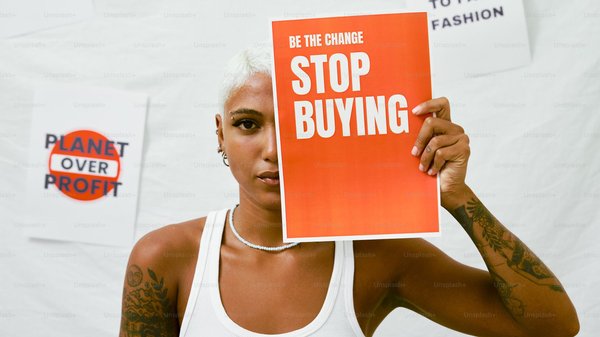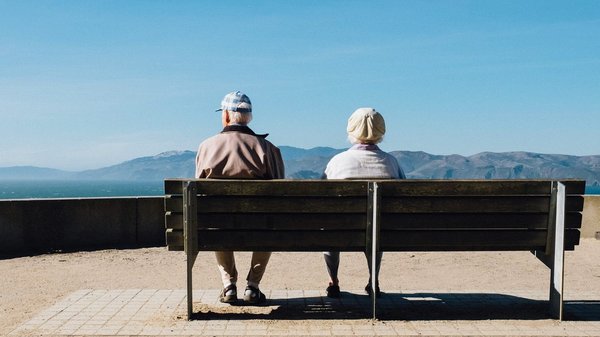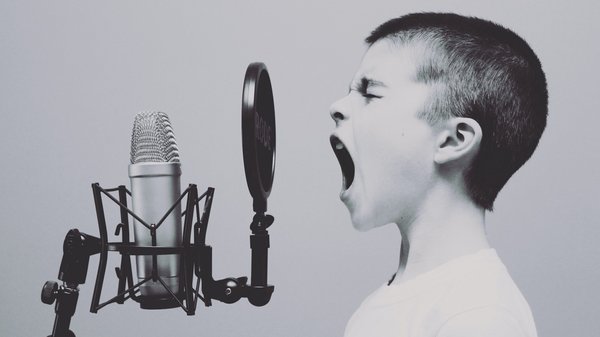How rejecting competitors influences brand loyalty /
Researchers explore the extent to which choosing a brand by rejecting the alternatives encourages repeat purchases versus simply choosing a favourite
Alex Poultney
/
Rejections Are Stickier than Choices /
By Minzhe Xu, Yang Yang, and Chris Janiszewsk. First published in the Journal of Marketing Research.
Give it to me in one sentence.
Consumers are less likely to seek brand variety when making repeat product choices if they make their initial decision by rejecting the competition as opposed to simply choosing their preference.
Give me a little more detail.
Across eight studies the researchers tested whether people would be more likely to repeat their decision over a choice of product, activity or experience if their decision was based in rejection versus choice.
In the first study, a sample of US university students were given the choice between two flavours of canned sparkling water that they could have at the end of a 45-minute lab session. The sample was split into two groups: one group was asked to choose a can and the other was asked to reject a can.
After making the initial selection, participants were told that they could also select a can to take home with them at the end of the session and were prompted to either reject or choose a can as they did before.
In the choice condition, 32% of participants opted to switch flavours, while only 8% of people switched in the reject condition.
The researchers repeated this procedure for the second and third experiments, this time testing a choice of ice cream flavours and measuring the impact that rejecting had on participants' arousal, negative mood, how unusual they felt the decision was and their liking for the products. This was to explore the possibility that any of these factors could be driving the results.
They found that while rejecting had no influence on arousal, mood or the unusualness of the decision, those in the rejection conditions reported less liking for the unselected flavour versus those in the choice condition.
The researchers posited that rejection must lead to less variety in repeated decisions because the act of rejecting increases the gap in liking between the chosen and dismissed product versus the choice condition where the alternative isn’t actively dismissed.
This idea was tested across the remaining experiments exploring how rejection impacted decisions about restaurants to visit, activities to do on a cruise and videos to watch. The researchers measured the negative inferences rejecting had on people’s perception of the unselected option versus those who simply chose their preference.
The liking gap remained, while those in rejecting conditions also reported more negative inferences about their desire to try the unselected activities and how actively they wanted to avoid them.
Crucially, the researchers proved the liking gap was the result of a ‘self-rejection mechanism’. When participants were given external information which could influence choice (weather forecasts influencing choice around indoor versus outdoor activities) there was no liking gap between the rejection and choice conditions.
When looking at mixed choice conditions (e.g. participants could be asked to reject both times, choose both times or choose once and reject once) there was only a reduction in switching options when rejection took place during the first decision and not when rejection followed an initial choice.
The researchers concluded the effect occurs because the act of rejection encourages people to draw negative inferences about the unselected options which in turn reduces their liking for them.
Why is this interesting?
It suggests that if brands can find ways to make consumers reject their competitors, they could inadvertently foster greater brand loyalty.
For example, if brands can find a point of differentiation that exposes a common flaw in competitor products it may have a greater impact on narrowing consumers’ choice sets.
Any weaknesses?
The findings seem pretty robust as they confirm and build on the conclusions of several previous studies.
Nevertheless, it’s important to remember that the empirical context of the study doesn’t directly reflect how decisions play out in the real world. For example, in all eight studies, people made their choices public, knowing they were being observed.
Because humans have evolved to view consistency as a positive trait (see commitment bias) those who reject an option initially may feel more conflicted about choosing the other option the second time as it could look inconsistent to opt for something you have previously actively dismissed. In private, where decision consistency isn’t observable, participants may not make the same repeated choice.
Where can I find the whole report?
Here, but it’s not free.
Want more of the same? /
We don’t just write about best-in-class campaigns, interviews and trends. Our Members also receive access to briefings, online training, webinars, live events and much more.






